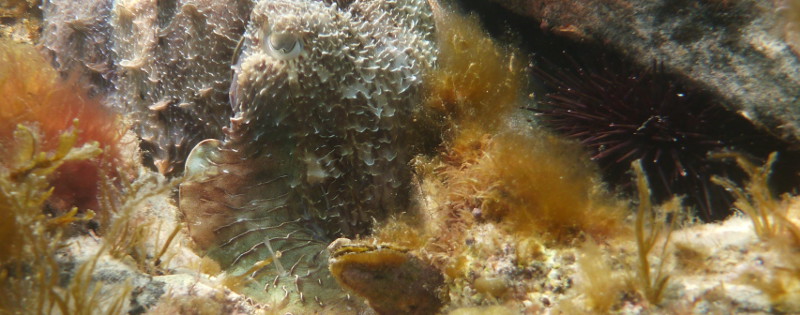In The Advertiser this week, the CEO of Clean Seas, Rob Gratton, claimed that if yellowtail kingfish farming returns to Fitzgerald Bay, upstream of the Point Lowly giant cuttlefish aggregation in Upper Spencer Gulf, it “will be subject to some of the most intense ongoing monitoring you can imagine”. The fish farming aquaculture sector has actually received special treatment for decades to allow it to hide its effluent problem. Fish farming pollution reduces water quality, which can kill fish and harm other organisms. Fish farm effluent in Spencer Gulf is at least twenty-five times greater than that of the gulf’s wastewater treatment plants combined. When Clean Seas left Fitzgerald Bay in 2011, it was because they could not keep enough of their fish alive. The aquaculture sector is exempt from reporting its effluent to the National Pollution Inventory, unlike any comparable land-based farm.
Mr Gratton’s claim that “there’s no evidence of a link between aquaculture and cuttlefish numbers” is patently false. I provided the link to the SA Government myself in a formal submission in 2018. Data shows that as stocking intensified in the kingfish farms, the cuttlefish population declined. After kingfish farming ended, the cuttlefish decline continued for two more years before showing any sign of recovery. This delay matches the time required for water in Upper Spencer Gulf to exchange with open ocean. Only in the absence of fish farming in Fitzgerald Bay has the cuttlefish population recovered. The best way to secure the future of the cuttlefish aggregation is to keep Fitzgerald Bay fish farm free.
You can read my submission to the South Australian government in full at Academia.edu.

